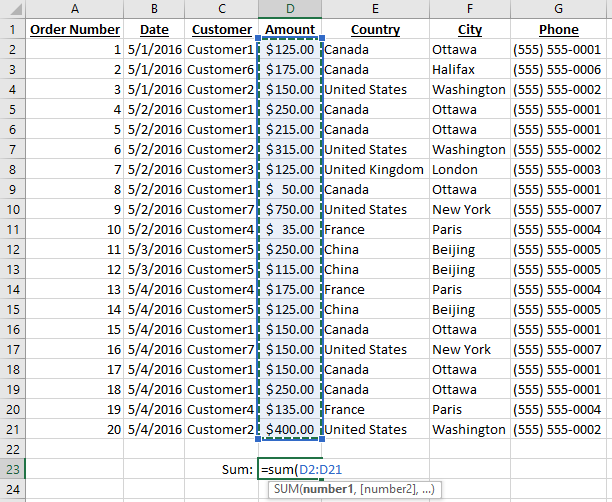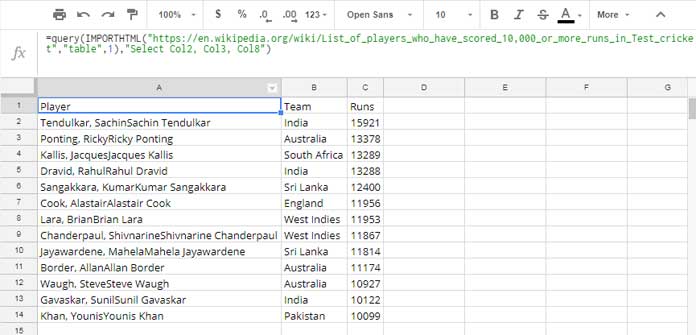Max Sheets in Excel 2013: How Many Can You Have?

Excel 2013, like all its predecessors and successors, is known for its robust capabilities in data manipulation, analysis, and visualization. One common query among users revolves around the limitations of the workbook, specifically, how many sheets can you have in an Excel 2013 workbook? Understanding this limit is crucial for power users, data analysts, and anyone who deals with extensive datasets or complex reporting structures.
Why Sheet Count Matters

Before diving into the numbers, let’s explore why the number of sheets in an Excel workbook matters:
- Workload Management: Managing multiple sheets can help segregate different data sets, reducing complexity and improving organization.
- Data Analysis: For analysts, having multiple sheets within a single file enables easier data comparison, consolidation, and cross-referencing without needing to open multiple files.
- Collaboration: Teams can work on various aspects of a project in a single workbook, facilitating collaboration and ensuring consistency in data handling.
Maximum Sheets in Excel 2013

In Excel 2013, the official limit for the number of sheets in a workbook is 255 sheets. This limit might seem quite generous to an average user, but for large-scale data operations, it can become a bottleneck. Here are some considerations:
- The total size of the workbook is limited to about 2GB. While this size constraint is more likely to be a limitation than the sheet count, it’s worth noting when working with very large datasets.
- Each sheet can contain over a million rows and over 16,000 columns, which means data capacity isn’t usually the issue but rather organizational structure.
Navigating the Sheet Limit

When you’re pushing towards the sheet limit, here are strategies to manage:
- Consolidation: Use summary sheets or pivot tables to aggregate data from multiple sheets into one or two sheets for overview purposes.
- Use of External Links: If necessary, link to data in other workbooks to reduce the number of sheets in any one workbook.
- Archival and Segmentation: Segment your work into smaller workbooks, archiving old or completed projects, to keep your current work manageable.
| Strategy | Description |
|---|---|
| Consolidation | Summarize data from multiple sheets into one or few sheets to reduce overall sheet count. |
| External Links | Link to data in different files to avoid cluttering one workbook with numerous sheets. |
| Archival | Save completed projects or older data into separate files, reducing the sheet count in your active workbooks. |

💡 Note: While Excel allows up to 255 sheets, it's often the data's nature and management that dictate when to create a new sheet or move data elsewhere.
Alternatives to Increasing Sheet Count

Here are alternative methods when dealing with large datasets:
- Database Integration: For extensive data, consider using databases like SQL Server or Microsoft Access and then importing or linking the data into Excel.
- Power Query: Use Excel’s Power Query to combine data from multiple sources or sheets, reducing the need for manual sheet management.
- Excel Add-ins: Some third-party add-ins provide extended functionality for handling large datasets beyond what the default Excel can do.
As we wrap up our discussion on the limits of sheets in Excel 2013, remember that the number of sheets isn't just a technical constraint but often an indicator of how data is being managed or presented. Excel provides various tools and strategies for handling extensive data efficiently, so users can adapt their approach based on the size and complexity of their projects.
Why is there a limit to the number of sheets in Excel?

+
The limit on the number of sheets in Excel is partly due to the design and capacity of the software. Excel aims to balance performance with functionality, and exceeding a certain number of sheets could lead to slower processing speeds and potentially crash the application.
Can you increase the sheet limit in Excel 2013?

+
No, you cannot directly increase the sheet limit in Excel 2013 beyond the preset 255 sheets. However, you can manage your data through other means like using multiple workbooks or external data connections.
What are some signs you might need to reduce the number of sheets in your workbook?

+
Signs include Excel becoming unresponsive, taking a long time to open or save the workbook, frequent crashes, or excessive memory usage when working with the file.